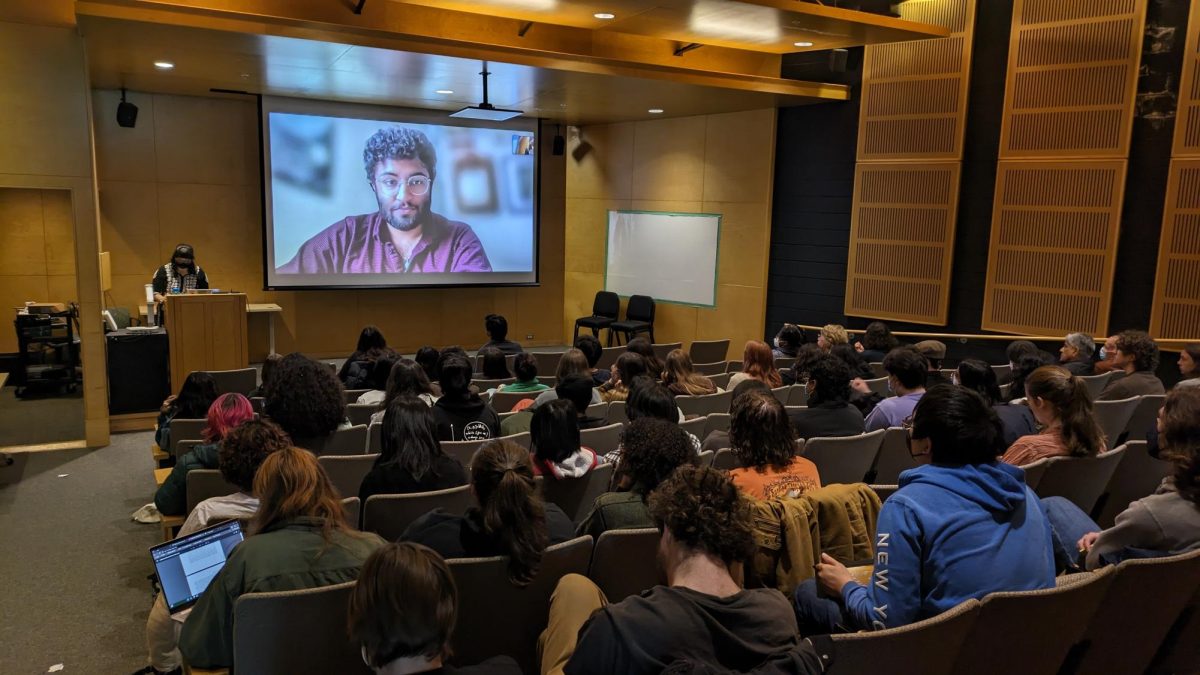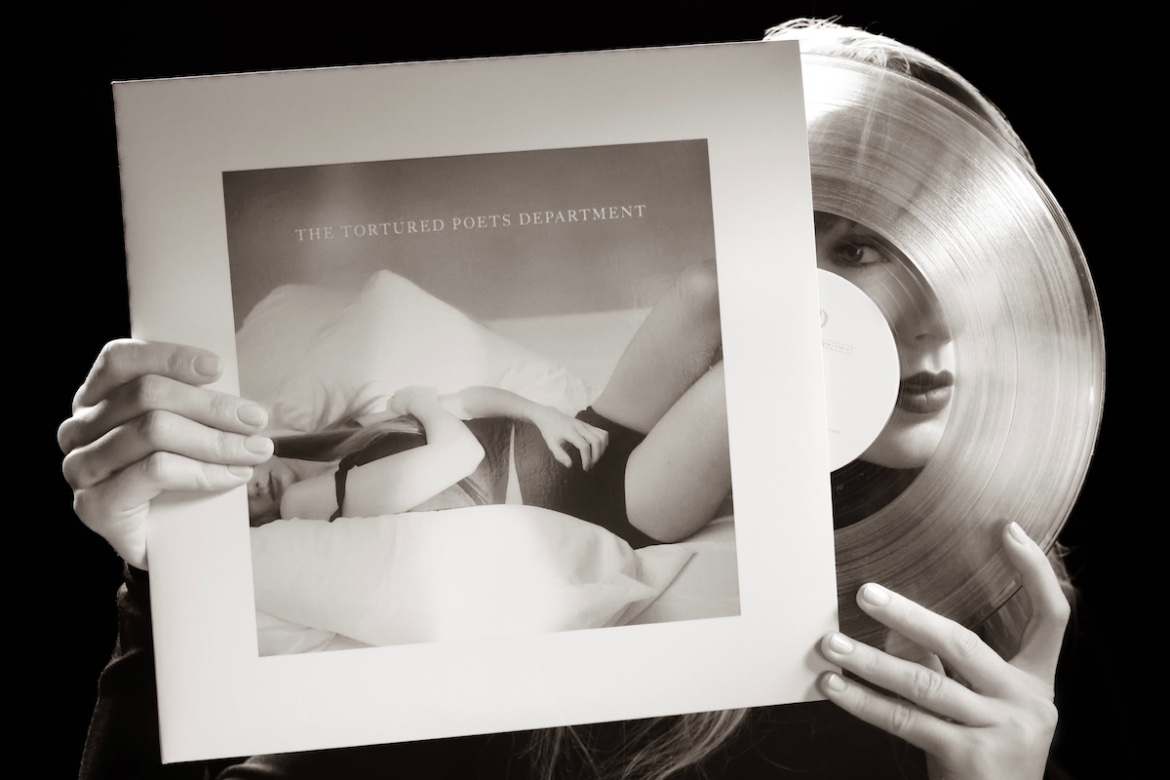Group Releases Strategic Plan Draft
October 30, 2015
Smaller tuition increases, a new program strengthening student-alumni relationships and inter-departmental courses — the new draft of the Strategic Plan contains all of those components in its vision for the College’s future.
The Steering Committee released a new draft of the Plan on Tuesday, intended to guide the Board of Trustees’ decision-making for the next 10 years. The Committee consists of administrators, trustees, alumni, staff and students.
The draft of the new plan recommends “slow[ing] the rate of annual increases in student charges.” This language marks a shift from the 2005 plan, which called for increasing net tuition, the total amount of tuition collected while factoring in financial aid.
But the contrast between the two plans on tuition is not as clear as it may appear at first glance. The College could continue to increase net tuition while slowing the rate of increase. The draft stops well short of meeting student demands from last semester for a tuition freeze.
In addition, it remains unclear whether the draft recommends slowing increases in the sticker price or net tuition. According to Diane Yu, deputy president at New York University and co-chair of the Steering Committee, and Kathryn Stuart, vice president of strategic initiatives and committee coordinator, specific budgetary decisions such as the size of future tuition increases have yet to be made.
“[T]here are many moving parts in our budget, including net tuition and sticker price, that must be studied further by members of senior staff and by the Board of Trustees before we can make the best budgetary decisions for Oberlin for the next three to five years,” wrote Yu and Stuart in an email to the Review.
However, according to the new draft of the Strategic Plan, the Board has already decided to reduce the endowment payout deducted each year to bankroll operating expenses.
“We have reduced our endowment payout for support of operations to 5 percent, and our total endowment payout from a peak of 7.2 percent in 2008 to 6.1 percent in 2015,” the draft states. “This purposeful reduction in spending will help preserve the purchasing power of our endowment and help give our successors the ability to support Oberlin’s mission for many generations to come.”
A reduction in the endowment payout combined with smaller tuition increases will necessitate cuts to the operating budget. But as with any budgetary compromise, the spending cuts will likely make other priorities in the Strategic Plan draft difficult to achieve. The promise to raise faculty compensation to equal the median of the College’s peers especially conflicts with cuts to the operating budget, as the majority of the operating budget goes directly to salaries and benefits.
Yu and Stuart openly acknowledged that some of the priorities in the draft of the Strategic Plan conflict and stated that the College will have to decide between important trade-offs.
“We may choose to do some things full speed ahead. We may choose to do others over a longer period of time than we might ideally like. We may also decide that there are some things we cannot do, even though they represent good ideas, consistent with our values,” wrote Yu and Stuart in the email.
Yu and Stuart reiterated the College’s need to cut costs while also arguing that the College will make these decisions from a position of strength, not weakness.
“[W]e are not in crisis. Like any organization, especially higher education institutions today, we do need to consider carefully how to allocate our resources. We will need to find some things we can stop doing. We do need to reduce costs, but it is possible to do that in ways that, while not completely painless, will not fundamentally change Oberlin and may, in fact, allow us to move resources from old uses to new [ones] that will make Oberlin even better,” they wrote.
The draft also calls for streamlining the College’s governance system. Echoing the Strategic Plan’s official title, “Shaping the Future,” Yu and Stuart argued that simplifying the governance system is vital to adapting to the quickly changing landscape of higher education.
“To control our future to the greatest extent possible, we should strive to ensure that our governance systems at the faculty, administration and trustee levels can adapt more quickly to changes and opportunities as they arise,” Yu and Stuart wrote. “That’s why we are interested in streamlining our governance system to speed the decision-making process.”
The draft contains a variety of new proposals aimed at connecting disparate parts of the Oberlin community to improve the quality of an Oberlin education.
The proposed “Oberlin 4+4” program will connect students with alumni mentors for the four years they spend on campus and the four years immediately after graduating. The draft also discusses creating interdisciplinary courses that would examine certain topics with a variety of methods and perspectives. In addition, the draft recommends expanding programs that help facilitate interactions across lines of “cultural and ideological difference.”
President Krislov said he was pleased with the progress the Steering Committee has made since the first draft was released in May.
“I think the document is stronger than it was the first round, and I think it’s really improved. We took into account all of the feedback. I think overall it’s a powerful statement about what Oberlin needs to prioritize over the near term and in the future, and it also lays out some of the challenges.”
Krislov also noted that the process is far from over, and that the Steering Committee is actively seeking feedback on the recently released draft.
“There’s going to be at least one more draft and a whole series of discussions — student discussions, faculty discussions, staff discussions, Board discussions,” Krislov said.
To collect student responses to the draft, members of the Steering Committee and Student Senate are in the process of organizing listening sessions for students. Students can submit feedback online up to Nov. 2 through a survey recently emailed to the entire student body.
The Steering Committee currently plans to finalize the Strategic Plan in March. The process began in the fall of 2014 and was originally planned to be finished by December.














